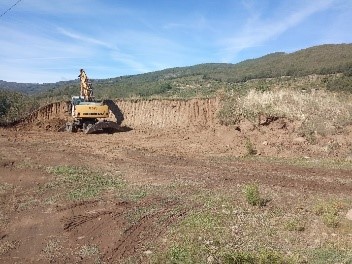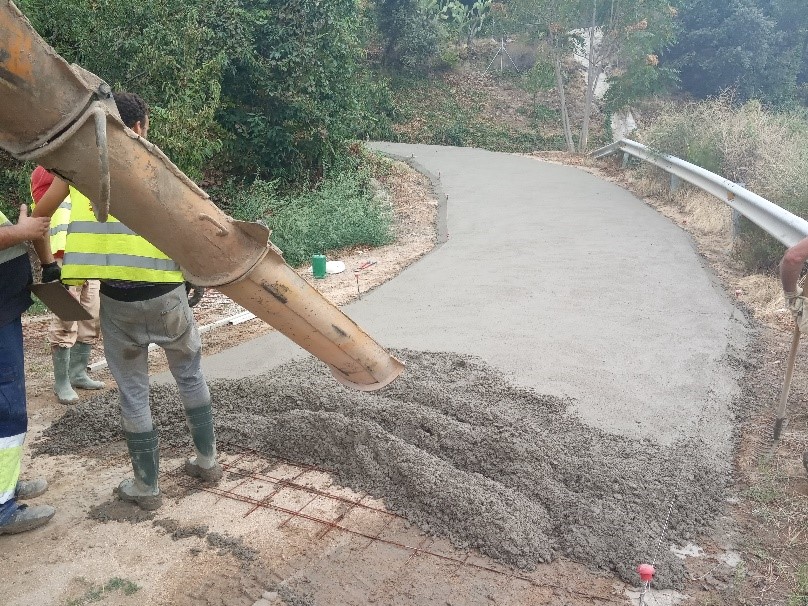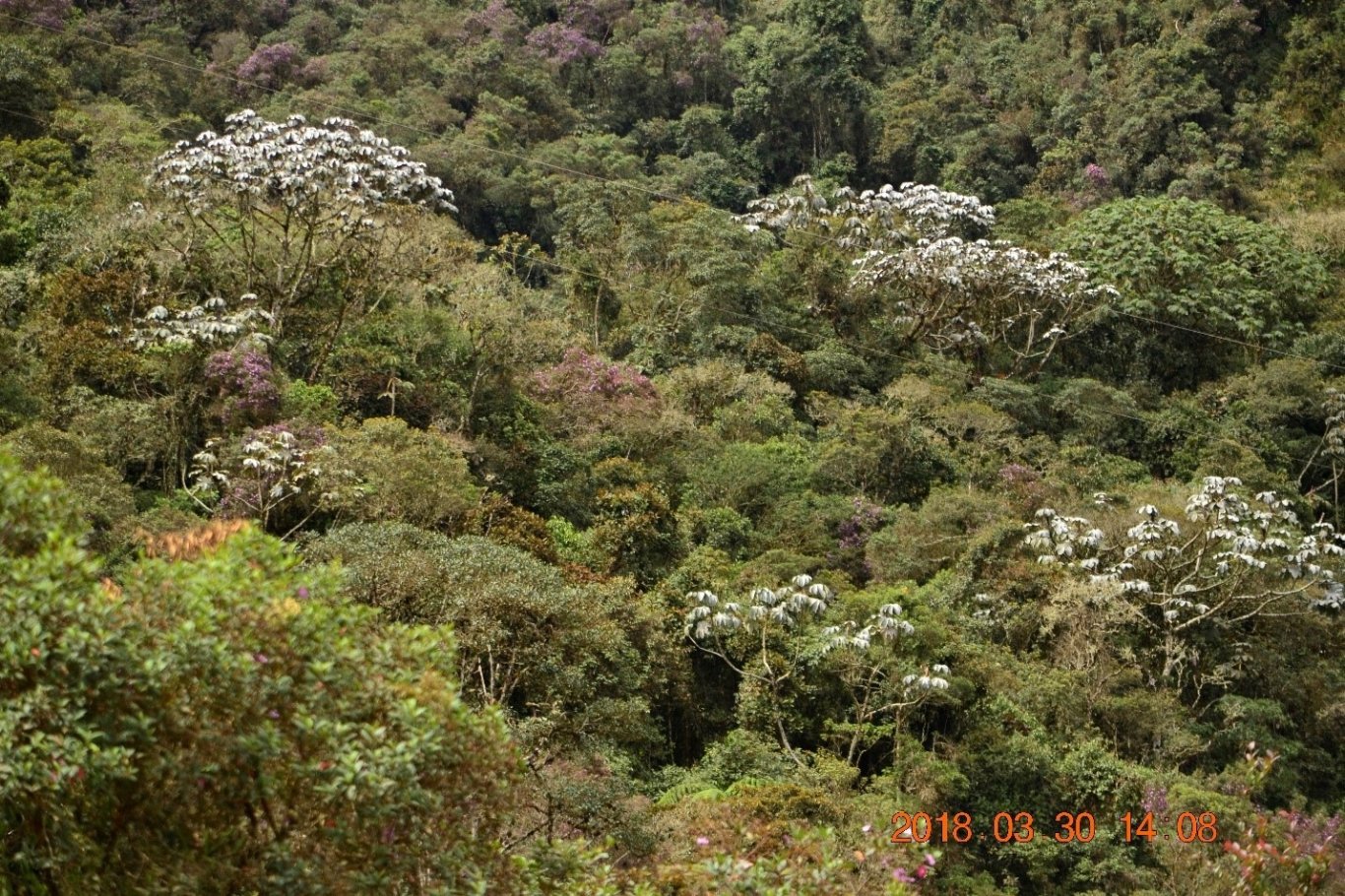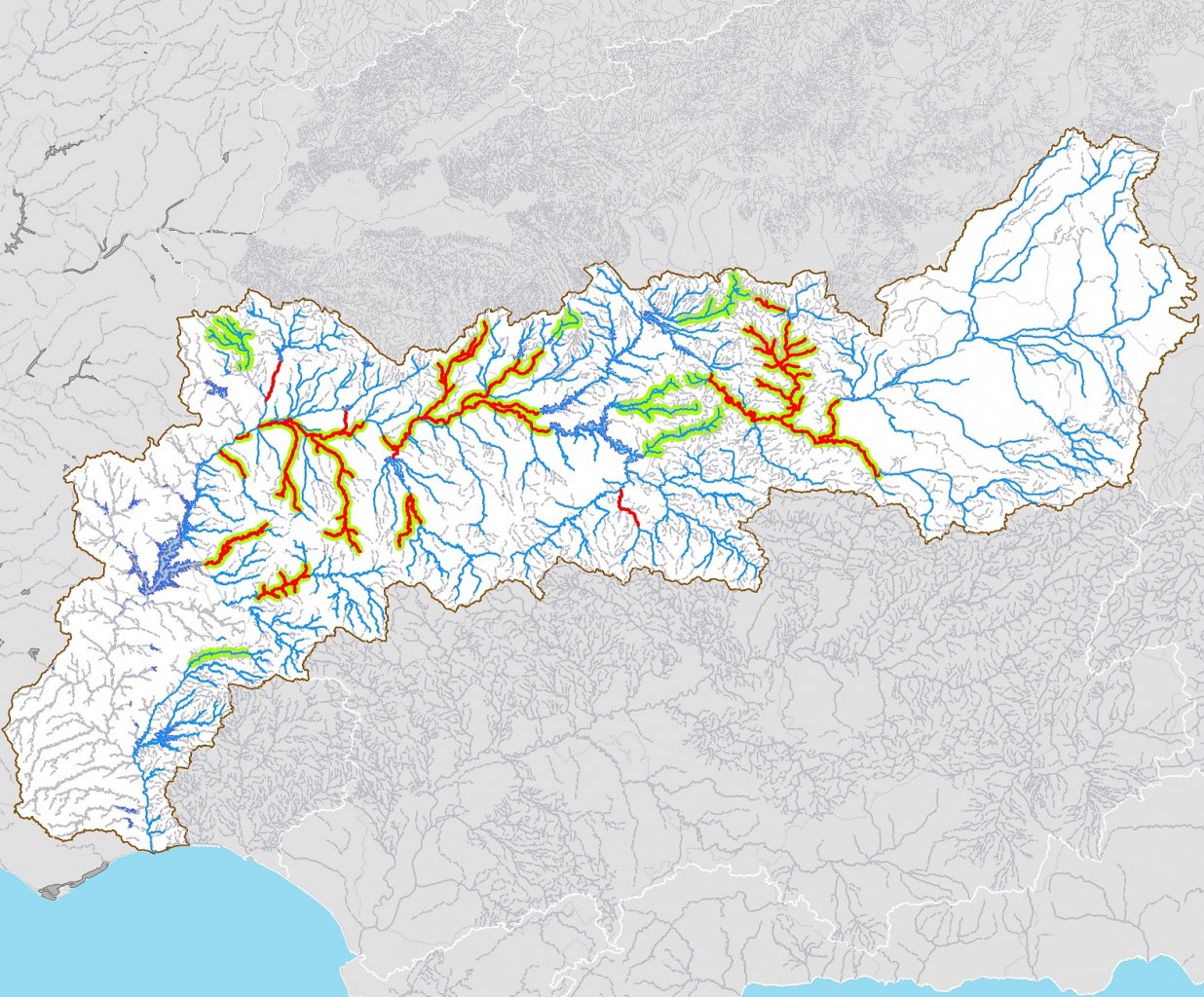ADVICE AND COORDINATION IN ENVIRONMENTAL MATTERS FOR THE PROJECT OF THE STATE ROAD DEMARCATION IN EXTREMADURA
SPAIN
Monitoring environmental-related issues for projects on the state roads network in the Autonomous Community of Extremadura. Highway A-66 is a major connecting route in the western portion of the peninsula, located parallel to highway N-630, also known as Ruta de la Plata, which traverses the provinces of Caceres and Badajoz north to south, passing through pastures and other biologically diverse areas home to endangered species, such as the Iberian lynx (Lynx pardinus), and the Spanish imperial eagle (Aquila adalberti). Monitoring construction works and following-up on wildlife crossings, crop fields, and other areas during the first few years of operation has been crucial for the environmental integration of this highway. More recently, environmental monitoring was completed for highway N-110, located in Jerte Valley, a particularly important area in terms of forestry, agriculture, and landscape.















